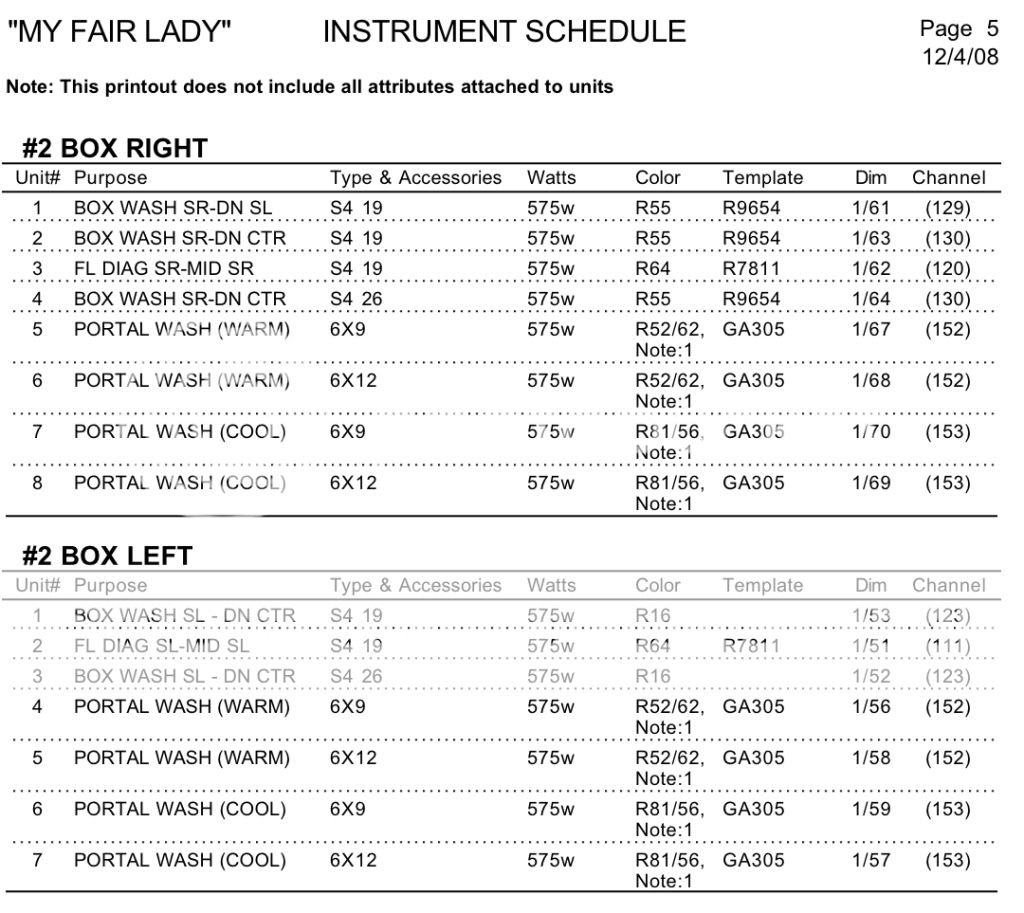cypresstreee
Member
TupeloTechie! Thank gosh I'm not the only who dosn't know what that is :]
I had the same thought as you did; examples of the gels that I used, and then maybe a kind of "side view" of the stage, so that I could draw in the way the light would hit each section of the stage.
Also, I have a question for you; I'm not exactly sure of the dimensions of my high schools stage, so doing a completely accurate light plot is proving to be a little difficult. Any suggestions?
I had the same thought as you did; examples of the gels that I used, and then maybe a kind of "side view" of the stage, so that I could draw in the way the light would hit each section of the stage.
Also, I have a question for you; I'm not exactly sure of the dimensions of my high schools stage, so doing a completely accurate light plot is proving to be a little difficult. Any suggestions?



